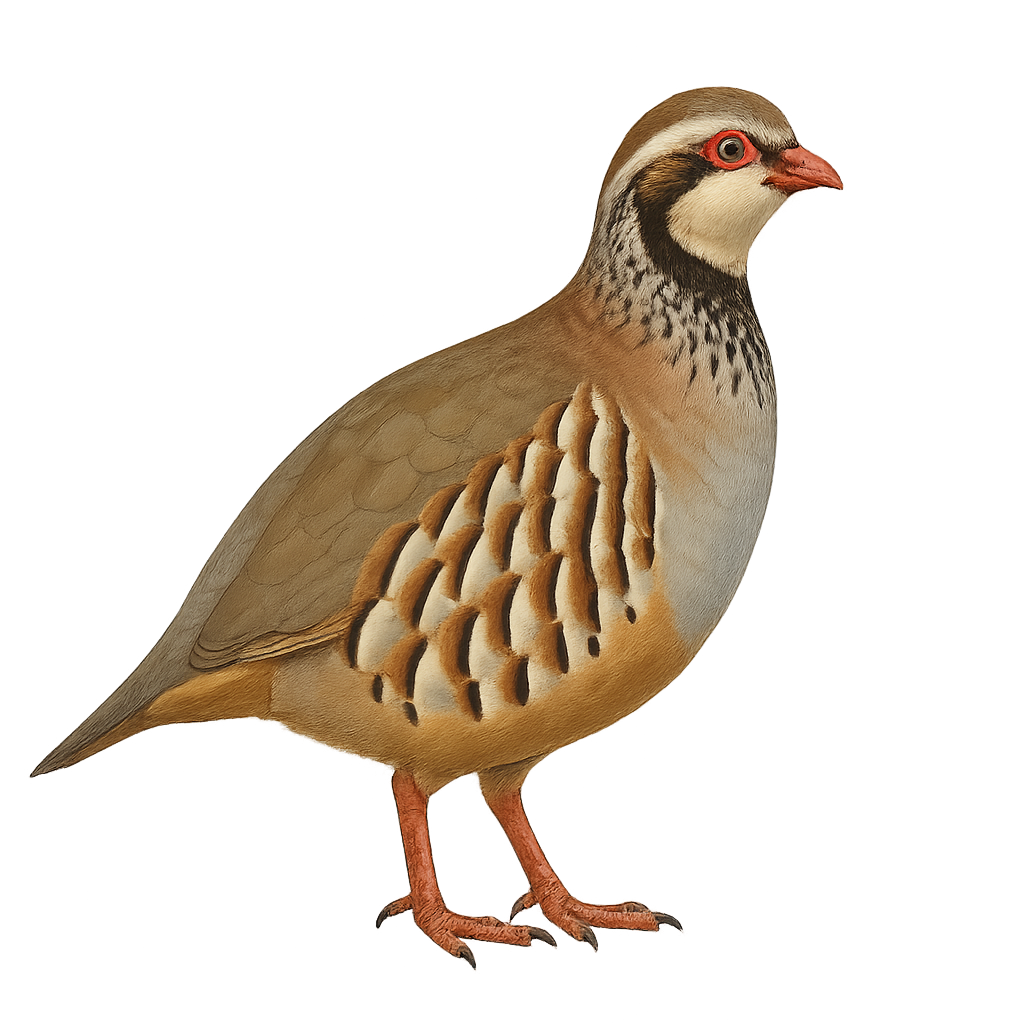Your wildlife photography guide.
Explore the red-legged partridge in detail, study its behavior, prepare your shots.
Where to observe and photograph the red-legged partridge in the wild
Learn where and when to spot the red-legged partridge in the wild, how to identify the species based on distinctive features, and what natural environments it inhabits. The WildlifePhotographer app offers tailored photography tips that reflect the red-legged partridge’s behavior, helping you capture better wildlife images. Explore the full species profile for key information including description, habitat, active periods, and approach techniques.
Red-legged Partridge
Scientific name: Alectoris rufa

IUCN Status: Least Concern
Family: PHASIANIDAE
Group: Birds
Sensitivity to human approach: Not very shy
Minimum approach distance: 20 m
Courtship display: March to June
Incubation: 23-25 jours
Hatchings: April to July
Habitat:
Dry open areas, scrubby hills, farmlands, fallow fields
Activity period :
Primarily active during the day, with peak activity in the morning and late afternoon.
Identification and description:
The Red-legged Partridge is a medium-sized galliform bird, about 33 cm in length. It features a reddish-brown back, bluish-grey chest, and flanks striped with black and white. Its white throat is bordered by a black horseshoe-shaped collar, and it has red legs and beak. Native to southwestern Europe, it inhabits dry open areas, scrubby hills, farmlands, and fallow fields. Non-migratory and ground-dwelling, it prefers running to flying when disturbed. Its diet mainly consists of seeds, young shoots, and insects, the latter being crucial for chicks. Although listed as Least Concern by the IUCN, the Red-legged Partridge is declining in some areas due to habitat loss, overhunting, and hybridization with introduced farm-reared birds.
Recommended lens:
300 mm – adjust based on distance, desired framing (portrait or habitat), and approach conditions.
Photography tips:
Use a telephoto lens to photograph the red-legged partridge without disturbing it. Opt for early morning or late afternoon light for a soft illumination. Be patient and discreet, blending into the environment to capture natural behaviors.
The WildlifePhotographer App is coming soon!
Be the first to explore the best nature spots, track rutting seasons, log your observations, and observe more wildlife.
Already 1 439 wildlife lovers subscribed worldwide

